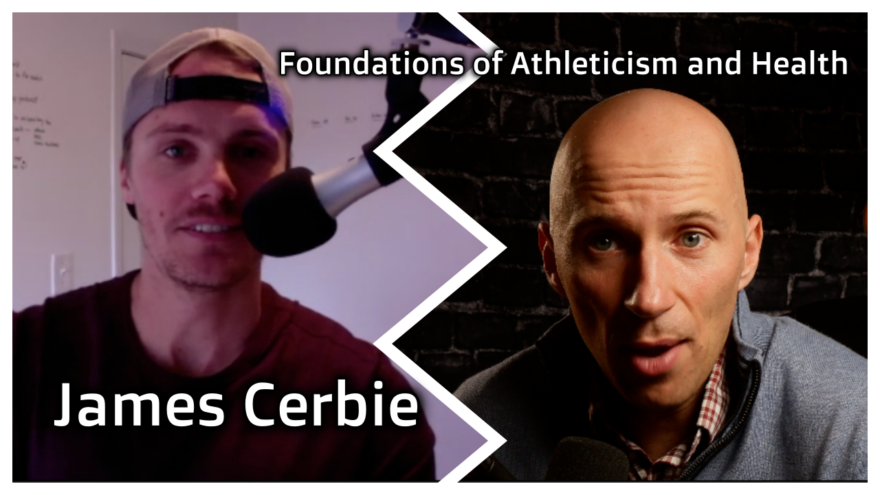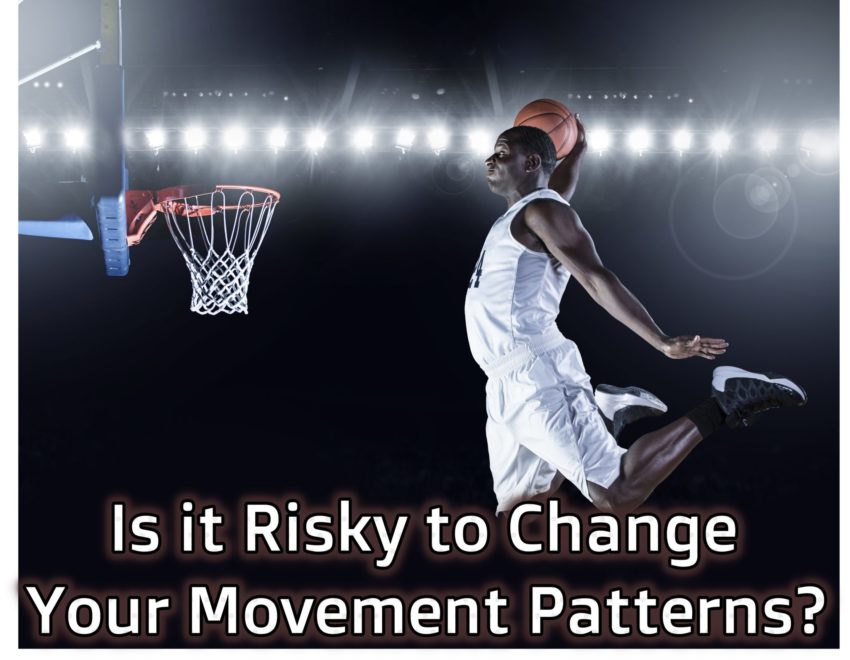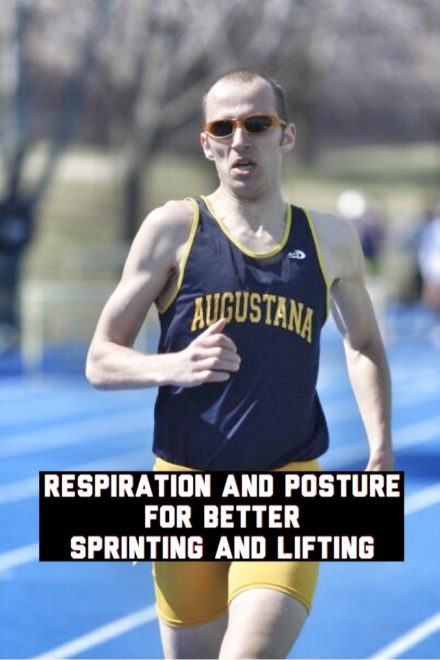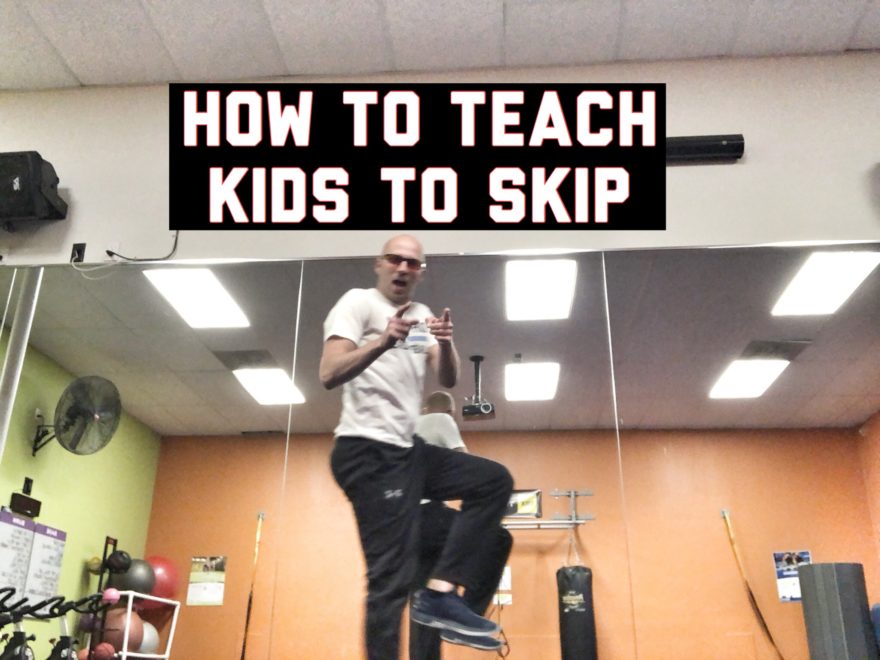Tag: athlete

Foundations of Athleticism and Health with James Cerbie
To be life-proof, you need to build power, strength, endurance, hypertrophy, and move well. In this podcast with James Cerbie,…

Is it Risky to Change Your Movement Patterns?
Many claim there are inherent risks when changing the way someone moves, especially with higher level athletes. But is this…

Respiration and Posture for Better Sprinting and Lifting
Want to help your clients and athletes perform at a higher level by incorporating breathwork? I recently did a q&a…

How to Teach Kids to Skip
I’ve been seeing a lot of kiddos lately who have leg injuries. Once we’ve gone through lower level rehab activities,…

